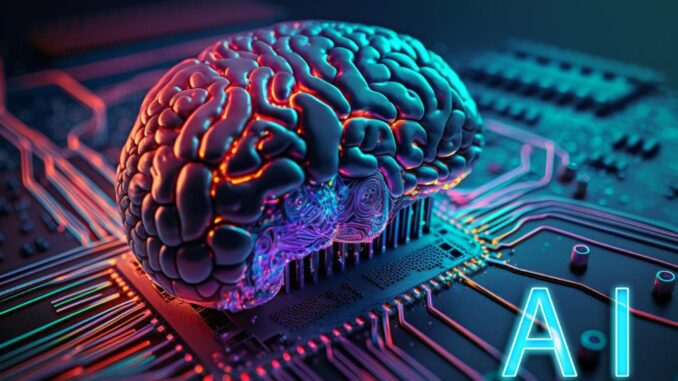
AI models generate results and insights through a series of systematic processes that involve data collection, processing, training, evaluation, and deployment.
Here’s a detailed look at how AI models are generated, focusing on the typical lifecycle of an AI model, particularly in the context of machine learning and deep learning.









### 1. **Problem Definition**
– **Objective Identification:** Clearly define the problem the AI model aims to solve or the question it will answer. This could range from classification tasks (e.g., identifying spam emails) to regression tasks (e.g., predicting housing prices).
### 2. **Data Collection**
– **Gathering Data:** Collect relevant data from various sources. This data can come from databases, sensors, user interactions, publicly available datasets, etc.
– **Types of Data:** Data can be structured (numerical, categorical) or unstructured (text, images). The choice of data type often influences the model selection.
### 3. **Data Preprocessing**
– **Cleaning Data:** Remove duplicates, handle missing values, and correct inconsistencies. This step is crucial for improving data quality, which directly impacts model performance.
– **Normalization/Scaling:** Standardize or normalize numerical data to ensure that features contribute equally to the learning process.
– **Encoding Categorical Variables:** Convert categorical variables into numerical formats (e.g., using one-hot encoding) to make them suitable for model training.
– **Splitting Data:** Divide the dataset into training, validation, and test sets. The training set is used to train the model, the validation set to tune hyperparameters, and the test set to evaluate the model’s performance.
### 4. **Model Selection**
– **Choosing an Algorithm:** Select an appropriate machine learning or deep learning algorithm based on the problem type and data characteristics. Common algorithms include:
– **Linear Regression, Decision Trees, Random Forests, Support Vector Machines** (for tabular data).
– **Convolutional Neural Networks (CNNs)** (for image data).
– **Recurrent Neural Networks (RNNs), Long Short-Term Memory (LSTM) networks** (for sequential or time-series data).
– **Frameworks and Libraries:** Use established frameworks and libraries like TensorFlow, PyTorch, or Scikit-Learn, which provide tools for model development.
### 5. **Model Training**
– **Training Process:** Use the training dataset to teach the model. The model adjusts its parameters (weights) to minimize a predefined loss function, which quantifies the difference between the predicted output and the actual target value.
– **Iterations:** The training process involves multiple iterations (epochs), where the model repeatedly processes the training data and refines its predictions.
– **Optimization Algorithms:** Implement optimization algorithms like Stochastic Gradient Descent (SGD), Adam, or RMSprop to update model weights efficiently during training.
### 6. **Hyperparameter Tuning**
– **Hyperparameters:** These are parameters set before training begins (e.g., learning rate, batch size, number of hidden layers in a neural network). They impact model performance but are not learned from the data.
– **Validation Set:** Use the validation set to experiment with different hyperparameter combinations and find the best-performing model configuration.
### 7. **Model Evaluation**
– **Testing:** Assess the model’s performance using the test dataset, which was not seen by the model during training. Metrics depend on the task but may include accuracy, precision, recall, F1 score (for classification), and mean squared error or R-squared (for regression).
– **Cross-Validation:** Implement techniques like k-fold cross-validation to ensure that the model performs well across different subsets of data, reducing the risk of overfitting.
### 8. **Model Deployment**
– **Integration:** Once validated, the model can be deployed into production, where it can handle real-time data and make predictions or generate insights.
– **Monitoring:** Continuously monitor the model’s performance in the real world, as data can change over time (concept drift). This might require retraining or adjusting the model to maintain performance levels.
### 9. **Feedback and Iteration**
– **Continuous Improvement:** Collect feedback from users and monitor outcomes to identify areas for improvement. This may involve retraining the model with new data, refining the preprocessing steps, or experimenting with different algorithms.
### Conclusion
AI models generate insights and predictions through a structured lifecycle that includes defining the problem, collecting and preparing data, selecting and training models, and finally evaluating and deploying those models. Each step is critical to ensuring that the resulting AI system is effective and can meet the intended goals. The iterative nature of this process allows continuous refinement and adaptation to changing data and requirements.


Leave a Reply